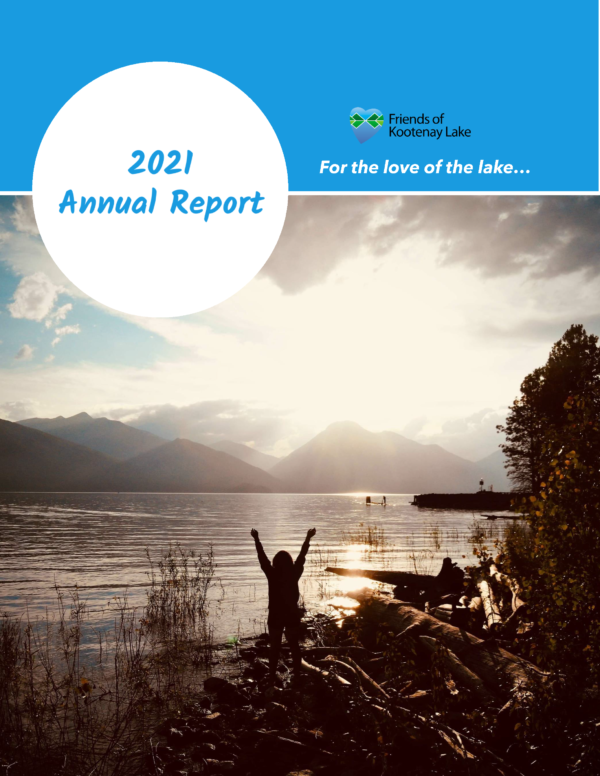14 April, 2022
News
Friends of Kootenay Lake 2021 Annual Report
This report highlights FoKLSS successes in 2021 thanks to our community of members, volunteers, and supporters.
Click the image below to read the full report.
See More

